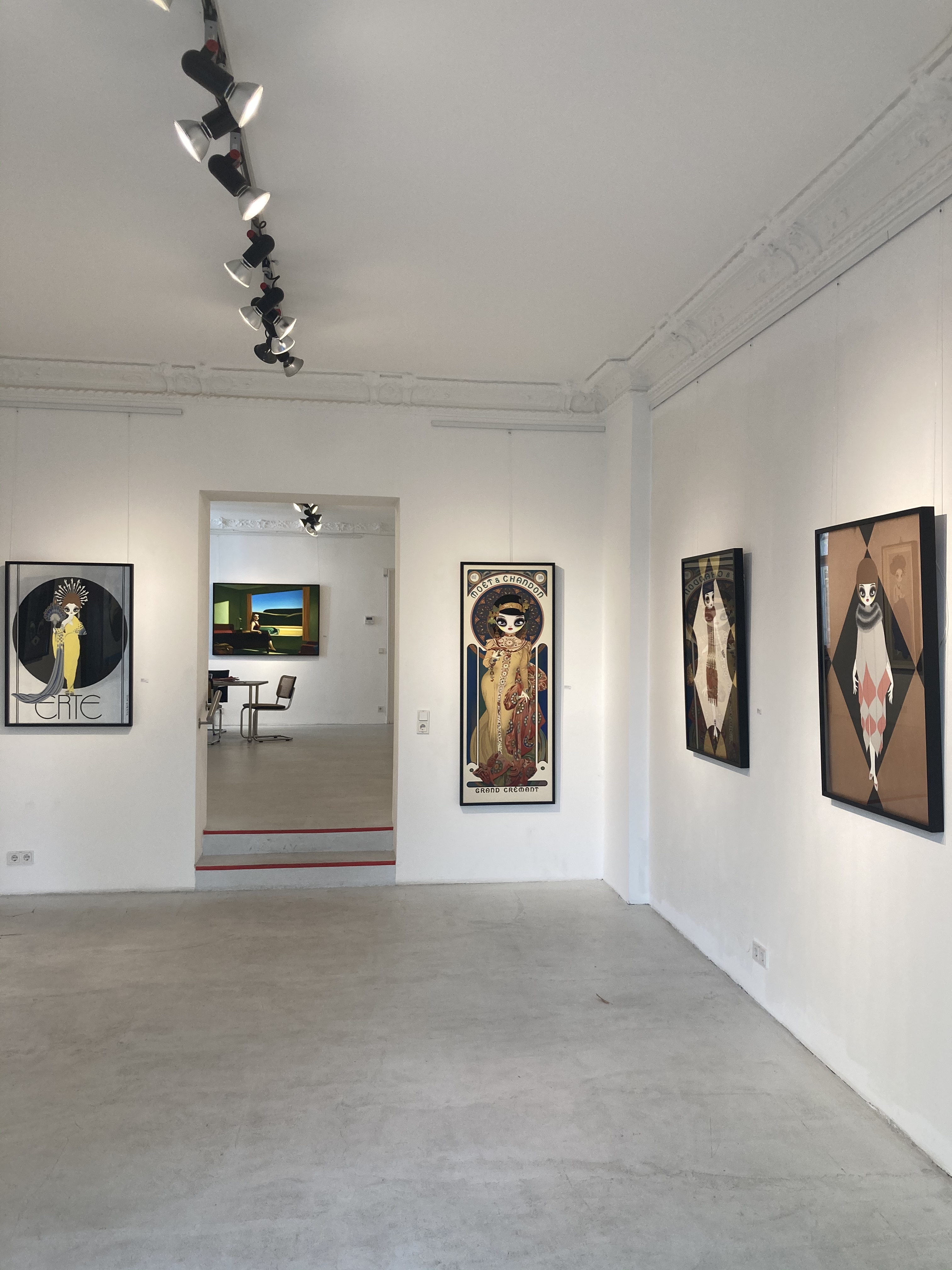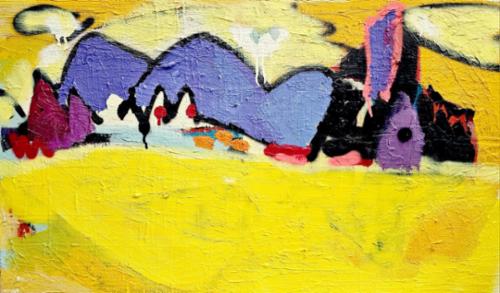
opening hours:
Tue-Fr 10-18:30
Sa 10-16
☎: ++49 +30 261 92 18
✉: mail@raab-galerie.de
The RAAB gallery

Raab Gallery was founded in former West-Berlin in 1978. For 23 years working in a Bauhaus building at Potsdamer Brücke with five meter high walls, it soon became famous for showing huge works by young Berlin artists like Elvira Bach, Rainer Fetting, Markus Lüpertz and K.h Hödicke. At the time it as well proofed to be a meeting point for emerging internantional artists such as Enzo Cucchi and Ernesto Tatafiore from Italy, Michel Alberola and Gerard Garouste from France, Donald Sultan and Chuck Close from the United States or Christopher le Brun from Great Britian, to name a few. After the wall went down Raab Galerie extended its Portfolio with an Artist from east germany: Hubertus Giebe, former master student of Bernard Heisig and lecturer at Kunstakademie Dresden. Street Art became an important issue for the last ten years, starting with by now internationaly well known berlin based Artist EL Bocho. While artists like Harald Klemm and Thomas Baumgärtel from Cologne close a gap between classical forms of artistic representation and new techniques with their stencil sprayed cavases, Raab Galerie also shows SKENAR73, a true graffiti writer. Since the gallery always strives to encurage new tendencies, plenty of group exhibitions have shown that street art and graffiti found their well deserved place in the canon of high quality contemporary art. Raab Gallery remains young and international to the day, with artists from Austria like Nina Maron and the sculpturer Martin Krammer as well as the next generation of Pop Artists such as Nuno Raminhos (Portugal), Ewen Gur (France) or Phillip Wolf (Spain). These western artists get complimented by South Korean Seoul based star artist Mari Kim, who shows that east asian art means in no way an opposition to western aesthetics but rather inspirational exchange.
current exibition: Nina Maron (13.09.25 - 08.11.25)
Nina Maron
Why not call Nina Maron La Divina, when it rhymes in Berlin dialect with Wiener, and we find her works so beautiful that we admire her for them?
The image of the emancipated Viennese woman is vividly in our minds from the Secession and the 1920s. At that time, Gustav Klimt painted young, beautiful women from his circle; many of his paintings are than, for a short time, in the homes of modern Viennese families whose fates were soon dramatically to change existentially for the worse. Unlike painting his model, Klimt is interested in the self-confidence of the Viennese women, their sure taste in clothing, jewelry, accessories, and in their dealings with intellectuals who adorn themselves with their quick wit and beauty. Through Gustav Klimt's unusual painting, which combines modern with classical – just take the golden background, which stands for eternity in medieval painting – his works have found their way into the realm of high art, thanks in part to his eccentric models.
One hundred years later, the Viennese artist Nina Marons role model was a Viennese artist, Maria Lassnig. With this example and after a strenuous apprenticeship with Adolf Frohner, the young Viennese artist became a respected contemporary painter. She's a woman who, rather than stage-managing herself for admiration, has taken up her brush for decades and captured the contemporary life of Viennese people, depicting many variations of their daily lives and surroundings, always with subtlety and humor, making one want to become acquainted with her paintings. She, too, is a classic when she uses the time-tested themes of portrait, landscape, and still life.
Klimt was no stranger to the conflicts of his time. He created a counter-image in favor of the emancipated woman and her inspiration for modern people. Nina Marons world, too, promises a time with the pursuit of beauty and the hope of suppressing ugliness. However, the fact that a contemporary female artist is not as famous and expensive as her Secessionist colleague is in the nature of things and to the advantage of the collector. Even though Nina Maron has already established herself as an artist, her works are not idolized; they are still too new and challenging for that. They are so beautiful that they captivate the viewer. Deciphering them and incorporating them into daily reflections seems to offer a promise of joy. The goal is always achieved when a work appears alive and is highly valued. We know many in our gallery who do not want to miss out on their daily encounter with the artist's work; we do not want to deprive anyone of the experience of daily joy.
RAAB Galerie | Imprint | Exibitions | Artists
copyright © 2020: RAAB Galerie Berlin, Germany
